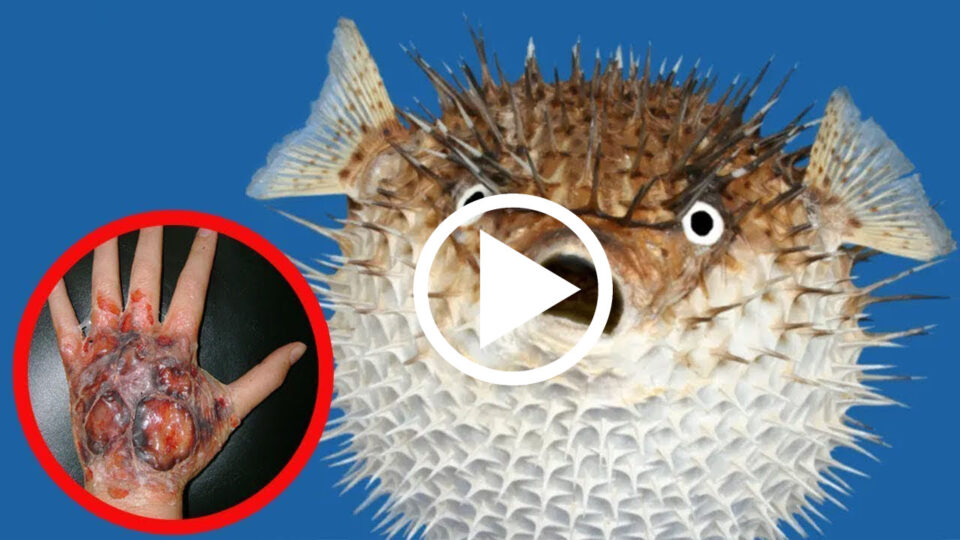Many fish scare the living daylights out of people just by the way they look, and other fish are so adorable, everyone wants one.
Certain fish, cute or homely possess extremely dangerous venoms that could kill you.
BOXFISH
Boxfish tend to spend most of their days on the reef, their main diet when not grazing on algae is small invertebrates, worms, crustaceans and sponges for example.
Using its puckered lips, it blows small bursts of water at the corals and sand to reveal anything that might be hiding.
The Yellow Boxfish is in fact, a yellow, box-shaped fish – who would have guessed it? Their body frame is solid and only has necessary openings for the eyes, fins, mouth and tail.
These quirky fish may look cute and innocent but are in fact more like an aluminous swimming Swiss-army knife, packed with defensive gadgetry! The most obvious of these is being a living tank, not too many hunting predators that I can think of would rush to eat a boxfish, which I can only assume is like biting down on a kneecap, which is a bad decision all round, wouldn’t you agree? Another trick the Boxfish holds up its salty sleeve is its chemical defence system.
Being closely related to the Pufferfish this is no surprise, however the toxins they hold ‘Pahutoxin’ also known as ‘Ostracitoxin’ works in a way like no other known fish toxins.
When in danger the Boxfish secretes this toxin from special cells covering their entire skin and quickly disperses this clear mucus in what is effectively a cloud of regret for any engaged predator! The pahutoxin has what is known as a ‘haemolytic’ effect, meaning it bursts red blood cells.
The toxic mucus binds to the gills and slowly asphyxiates its victim all at a concentration of 10 parts per million.
To put it into the more relative context of how potent pahutoxin is,10 parts per million is roughly the same as you spitting your mouthwash out on a morning but instead of the sink, into a 2.5million litre sized Olympic swimming pool!
CLOWNFISH
Best known for being featured in the movies “Finding Nemo” and “Finding Dory,” the clownfish has become a popular aquarium pet.
For anyone who has ever found clowns a bit sinister comes news that even clownfish are dressed to scare – but the warning message they send to other animals is unique.
Whereas many small animals are brightly coloured to let predators know they are poisonous, clownfish use their colourful bodies to advertise the fact that nearby sea anemones are dangerous.
They are found mainly around certain kinds of anemones, a creature that anchors itself to the seafloor and uses its tentacles to attract food.
The anemone’s tentacles have stinging cells called nematocysts that release a toxin when prey or predator touches it.
Clownfish, however, develop immunity to the toxin by very carefully touching the tentacles with different parts of their bodies.
A layer of mucus builds up, protecting the clownfish from the toxin. The pair forms a symbiotic relationship.
The anemone provides protection and leftovers for the clownfish, while the clownfish brings food to the anemone and preens its host, removing parasites.
Clownfish are omnivores, which means they eat meat and plants.
They typically eat algae, zooplankton, worms and small crustaceans. When small, the fish tend to stay within the confines of their anemone host.
As they get larger, they will seek out food, though they don’t venture much more than a few meters from the anemone.


